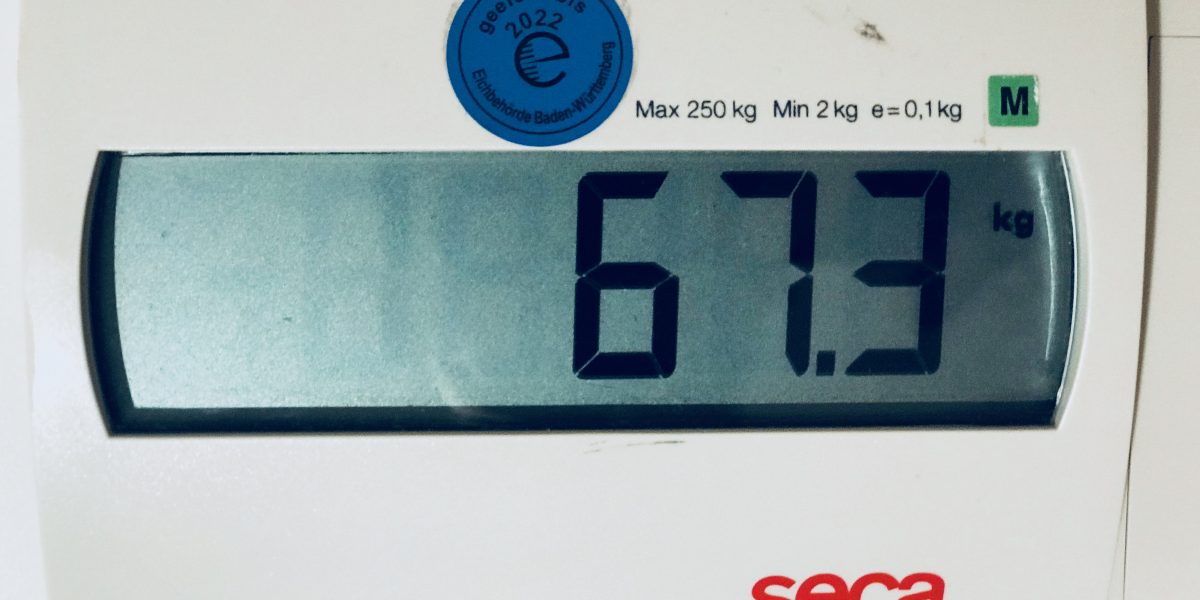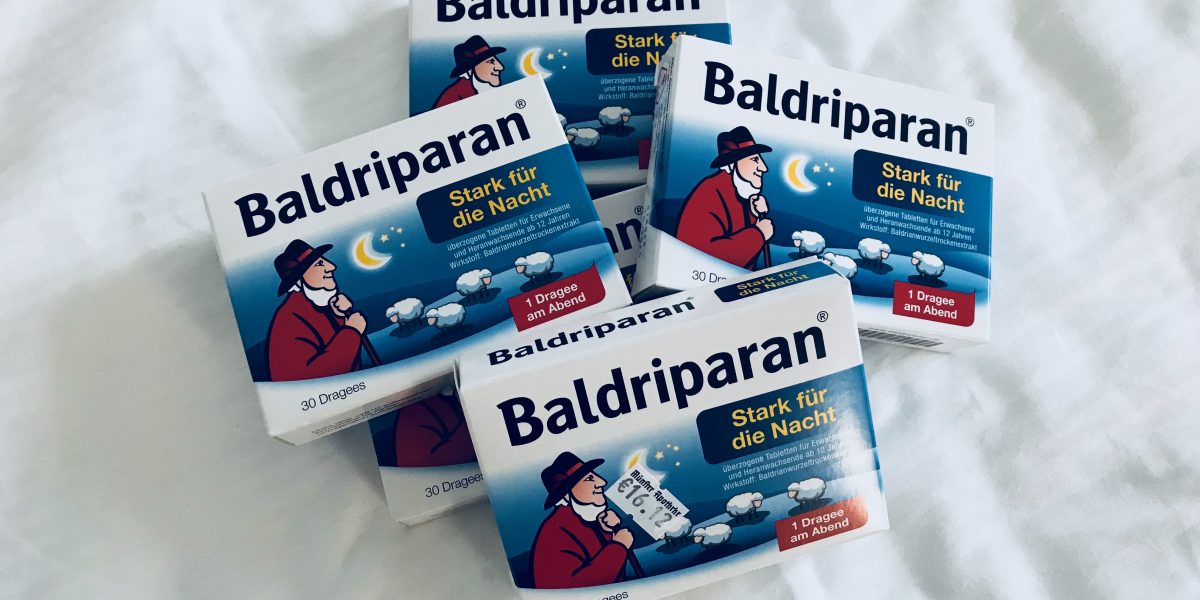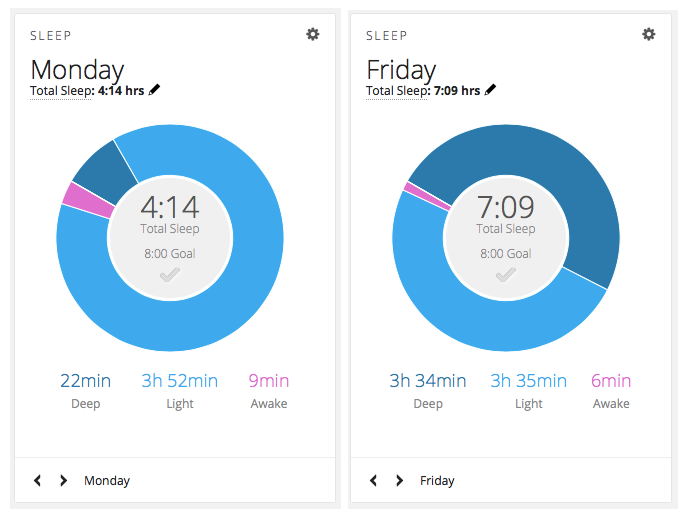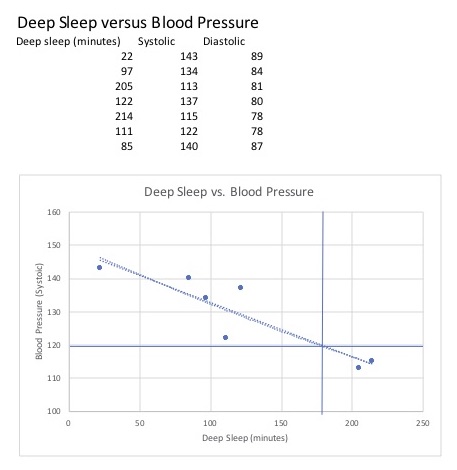My wife and I are still doing well! Right now, the forecast is 22 days of fasting — 28 days less arrival day, digestive rest day, and 4 refeeding days. This means we’re halfway there!
The other way to think about it is that we’ve now survived 5 enemas! 😱 The enemas don’t really get any more comfortable, but at least I mentally know that the discomfort will be over!
Getting here, my first weigh in with the nurse was at 161.7 lbs (73.5 kg) or BMI=23.2. Today, I passed my weight during my senior year of high school which was 148 lbs (67.3kg) or BMI=21.
Still, I have a ways to go stabilize blood pressure and to get my fasting blood glucose down. So, I need to keep sucking the liver out of my organs. This was expected, which is why I booked the clinic for 28 days!
Halfway through, I can write here that so far this is way easier than I thought it would be. Let’s see how the second half of the fast goes!
Results from morning nurse visits on Days 9-11
- Blood pressure: 122/78, 140/87, 119/83
- Blood sugar: 102, 113, 118
- Weight: 68.5kg (150.7 lb), 67.5kg (148.5 lb), 66.6kg (146.5 lb)




